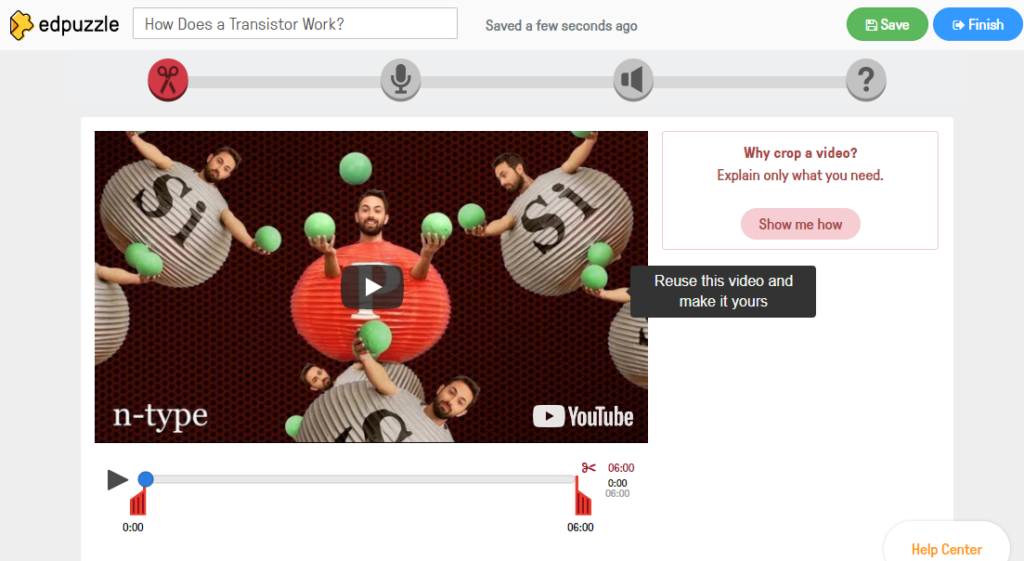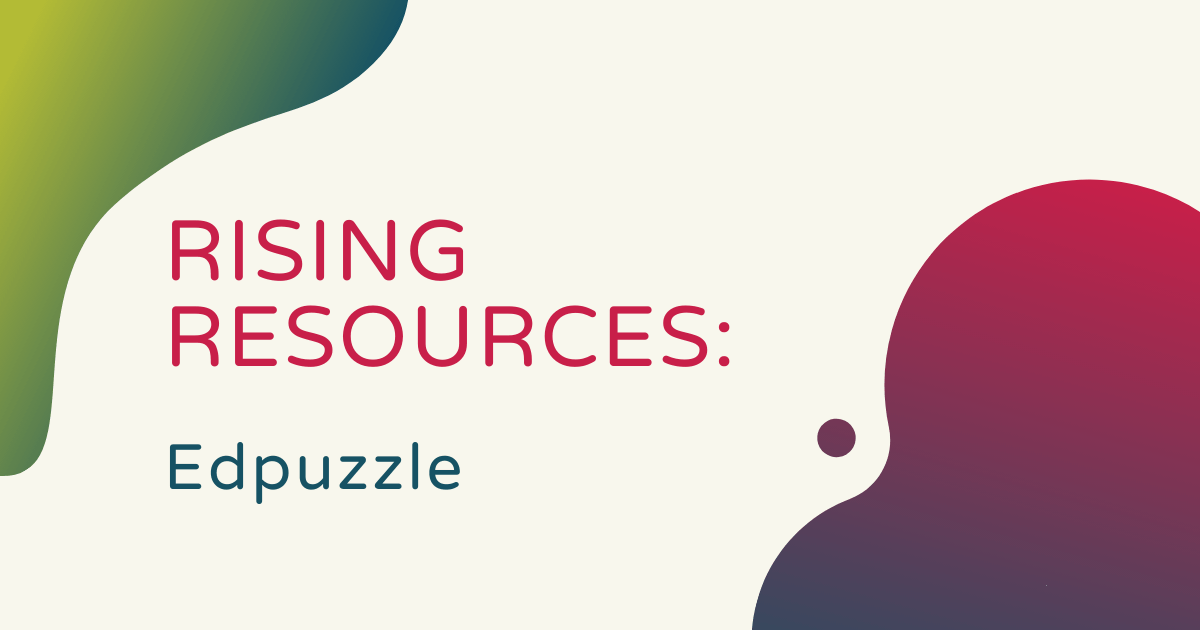We don't think anyone really misses remote learning but we definitely learned a lot all throughout that time. Aside from teachers adjusting their instructional methods and how they provide feedback to their students, many of them also learned how to carry over some of the digital tools they used in distance education. So, in looking for new ways to reach and engage kids, tech-savvy teachers turned to video learning. And, one of the most popular online teaching and learning tools they continue to leverage is Edpuzzle, which is a video learning platform that K-12 educators can utilize to create video content for introducing new topics, reinforcing old ones, and keeping students excited in the classroom.
Using Edpuzzle in the classroom.
Teachers can use Edpuzzle to engage children with videos that are relevant to both them and their learning. And, like you might guess, it remains popular even as they are back in school buildings. The Edpuzzle team launched the platform to help educators connect with students more effectively by using video, capitalizing on the fact that students today are very much visual learners. Essentially, Edpuzzle allows teachers to use video in instruction and to leverage it in a new way—by directly adding in their own insights, questions, and relevant bits of information for students to see while they watch.
Essentially, users can choose from any of the millions of videos available from platforms like YouTube, TED, National Geographic, Khan Academy, or others to begin adding video content into their teaching. They can also upload their own videos directly to Edpuzzle to learn about editing videos if they're feeling especially creative. With Edpuzzle’s video editor, educators can use the video as a focal point for lessons in any class or grade. It really helps increase engagement and impact, especially for teachers who would like to try their hand at instructional models like gamification or station rotation. Integrating game-based learning with the Edpuzzle software is especially effective with Edpuzzle Live, which is accessible through the main platform.
How to set up the platform for learning.
Teachers can embed their own questions directly in the videos so they can check student understanding of key concepts. They can also remove any sections of the video that are irrelevant or distracting or choose to record voiceovers to explain concepts in their own words. This really helps create or reinforce key personal connections with students in the classroom. Instructors can also use Edpuzzle if they want to give in-class flipped learning a try. In this case, students would still consume content in a self-paced format simply by watching the videos their teachers create. Teachers can then embed the questions within their video and answering them as they go is very helpful for students.

After creating the video, teachers can then assign it to students for them to view. There is also an analytics section so educators can check if the students have viewed the video, manage their grades, and monitor if they’ve turned in their assignments on time. It also displays how many times students watch videos, which can help teachers identify if they’re having trouble with anything. If this is the case, teachers can offer more targeted instruction or intervention as needed for any particular students. And, if kids progress as planned, teachers could do more whole-class lessons or stick with self-paced models if they're working.
Teaching with Edpuzzle Live.
Those interactive elements of Edpuzzle offer different types of learning experiences rather than having kids simply watch more videos. It helps keep them engaged and also allows them to move through at their own pace regardless of where they are. Plus, the analytics allow teachers to begin differentiating instruction and providing kids with personalized experiences. Plus, in Live Mode, particularly, everything is more energized and students could participate in low-stakes competitions in the classroom. The questions display on their individual screens and they'll see how many got it right and wrong before moving on.
As for logistics, there are both teacher and student Edpuzzle accounts. Users must sign up for one of them in order to access the platform. You can find tips for doing this along with some other helpful insights in the Getting Started section of the Edpuzzle website in the footer. Edpuzzle can also integrate with a number of other educational platforms, including Google Classroom, Canvas, Schoology, Blackboard, Moodle, and more. Plus, kids can even use Edpuzzle for homework and when studying independently or with parents.
Getting started with using Edpuzzle.
There are typically free Edpuzzle account options as well as a paid subscription that unlocks more content for teachers. They even have a bunch of useful materials available for educators within the Free resources section of their website. These include PD tips, examples of video lesson plans, ready-to-use video-based instructional materials, and more. It certainly is a very unique tool in teaching and learning, so we definitely recommend giving Edpuzzle a look! Be sure to check out their site and make sure you follow us on Twitter (X) and Instagram for all the latest EdTech, STEM, and MakerEd news.



